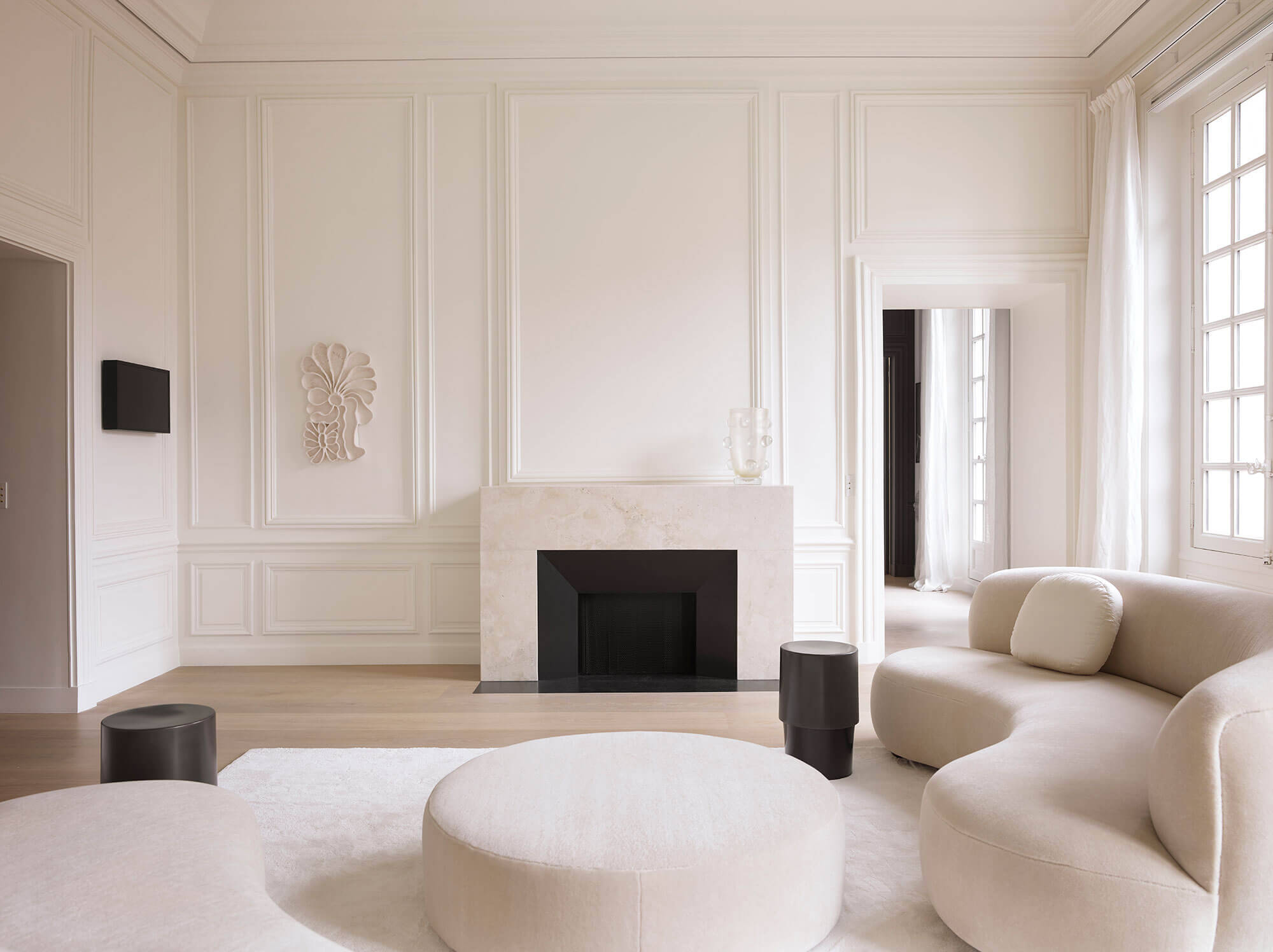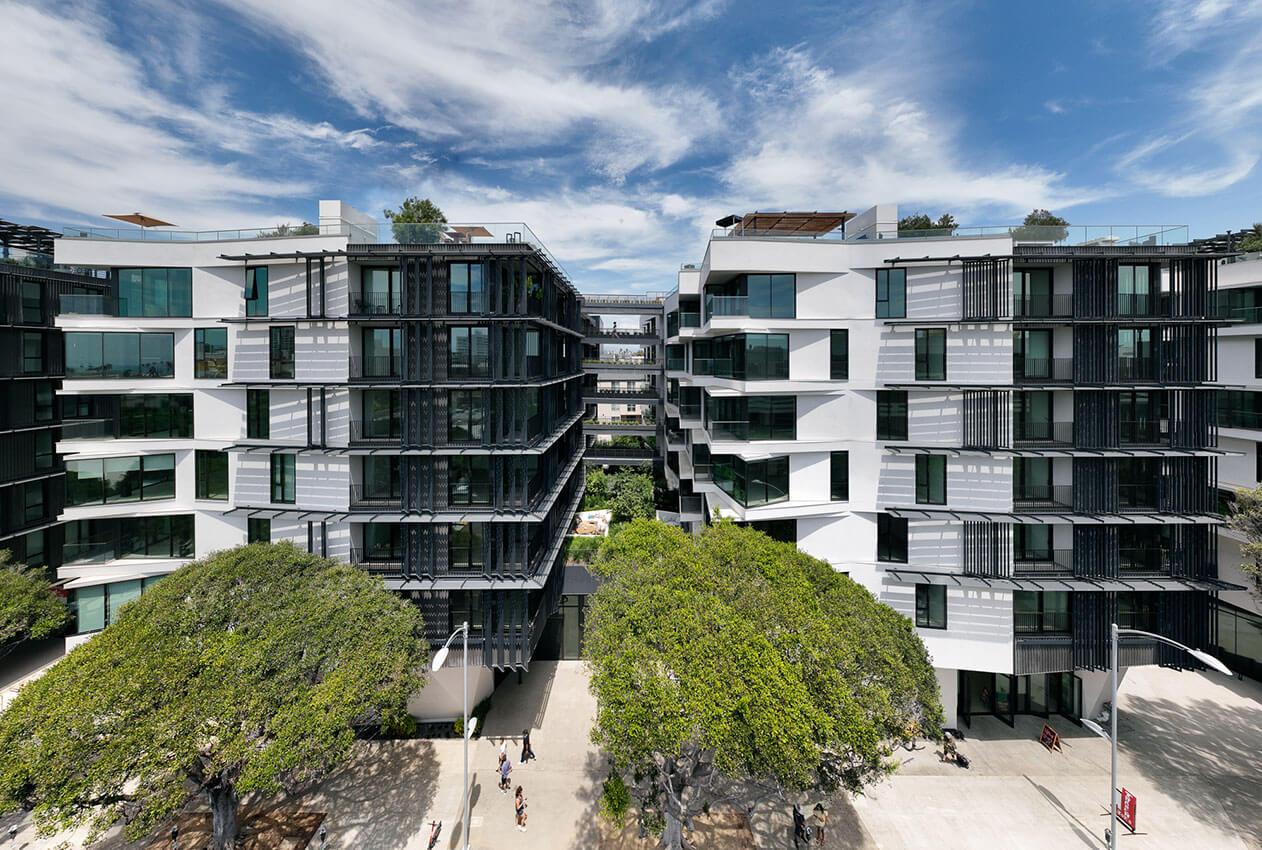The Park Santa Monica | KoningEizenberg Architecture

2023 National Architecture Awards Program
The Park Santa Monica | KoningEizenberg Architecture
Traditional Land Owners
The Gabrielino-Tongva Tribe
Year
Chapter
International Chapter
Category
Builder
Photographer
Koning Eizenberg
Media summary
Located 3 minutes from the Santa Monica Light Rail terminus, the project includes 249 market-rate apartments, a one acre rooftop park, and 34,000 sf of ground floor retail space. The location warranted experimentation with massing and open space which challenged and changed planning guidelines.
A string of public plazas create a linear “street park” where seating, shade, and bike parking encourage lingering along this major path between transit and neighborhood. Above the public plazas, open-ended courtyards expand the sense of open space and break the program into four buildings. This massing strategy optimizes daylight, views, and ocean breezes.
The faceted building envelope on the north creates units that have expanded corner views, while on the south and west sliding exterior louvers create texture and rhythm as they shade and add privacy. Rooftop trellis mounted PVs produce onsite energy, provide shade, and together with other strategies achieve the LEED Platinum certification.
2023 National Awards Received
2023
International Chapter Architecture Awards Accolades
The Park Santa Monica offers every resident private outdoor space with balconies or patios and a large 1.0 Acre rooftop backyard in a dense urban location. Each unit is larger than the average offering in the area. This resident open space is supported by public plazas that host a range of successful retail and dining uses.
Client perspective
Project Practice Team
LARGE Architecture, Architect-of-Record
Project Consultant and Construction Team
Veneklasen Associates, Acoustic Consultant
PSOMAS, Civil Consultant
MR Architecture, Interior Designer
Spurlock Landscape Architects, Landscape Consultant
Oculus Light Studio, Lighting Consultant
Newsom Design, Environment Graphics
Buro Happold Consulting Engineers, Mechanical, Electrical and Plumbing Engineer
Nabih Youssef Associates, Structural Engineer
Connect with KoningEizenberg Architecture











